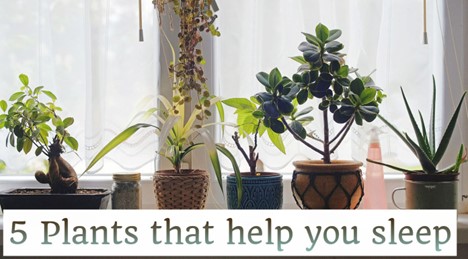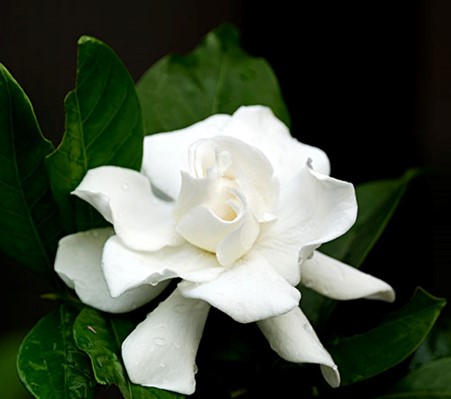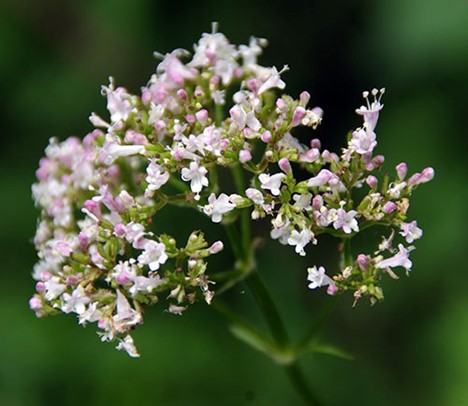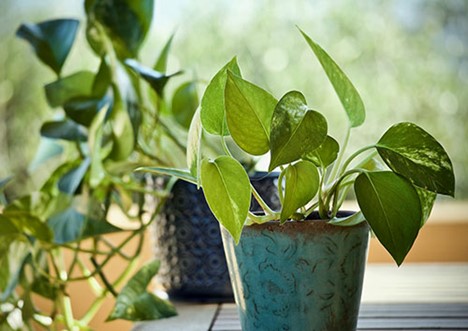
Houseplants are a beautiful way to decorate a home and a wonderful way to bring the outside in. But did you know that plants are also beneficial to your health? According to a NASA study, plants can help clean the air by removing gases and toxins through the photosynthesis process.
According to studies, the correct plant in your bedroom may also help you sleep better at night. Additionally, the air will be refreshed by their lovely smell, thereby making the room a more relaxing place to sleep. So, a bedroom plant might be the solution if you’re having difficulties sleeping at night. Check out these five common houseplants that could encourage relaxation and sleep.
Some plants produce a lot of oxygen and absorb the carbon dioxide we expel while sleeping, making them more effective at purifying the air and making it easier to breathe while sleeping. Examples of these plants are spider plants and aloe Vera plants.
Below is a quick overview of popular VOCs. Learn more about how plants remove volatile organic compounds (VOCs) from the air and the VOCs they take in to make it easier for us to breathe.
Formaldehyde: This is a water-soluble organic chemical found in paper towels, facial tissues, cleaning supplies, and shopping bags.
Benzene: This is a common solvent that is found in oils, rubber, plastics, and gasoline.
Xylene: This chemical is present in rubber, paint, rubber materials, and vehicle exhaust.
Ammonia: Common examples of this are floor wax, fertilizers, and cleaners.
Trichloroethylene: This is a commercial chemical that is used in adhesives, dry cleaning, paints, and varnishes.
Other plants, like gardenia and jasmine, give off calming scents that lessen stress and anxiety and promote peaceful sleep. To bring these healing aromas inside, you can place plants in your bedroom; diffuse essential oils, make homemade incense, or do both.
How Can I Improve My Sleep?
Numerous options are available to enhance your sleep. You might avoid caffeine-containing beverages and foods before bed, relax before bed, and create regular sleeping hours to support healthy habits, but you may also consider placing some plants in your bedroom.
5 Plants That Help You Sleep

A better night’s sleep brings a variety of advantages. A good night’s sleep boosts your mood and helps you stay focused and alert during the day. It also provides you with more energy. All these advantages begin with a good night’s sleep. Listed below are 5 houseplants along with their top sleep-time features, maintenance requirements, and the ideal location for displaying them in your bedroom.
1. Aloe Vera
One of the first plants to be recorded in written history is aloe Vera, which has roots in Egypt, China, and Greece. According to history, both Alexander the Great and Cleopatra used the plant’s gel to help soldiers recover from injury.
We’ve all used aloe Vera gel to treat sunburn at least once or twice in our lives, but did you also know that these plants are excellent for promoting restful sleep? At night, aloe Vera releases oxygen, which purifies the air and makes it easier for us to breathe as we sleep. This plant is quite efficient at removing benzene and formaldehyde.
2. Gardenia

If you want something that looks and smells great, these flowers can be an obvious choice and they have a fringe benefit. They can also help you fall asleep and relieve stress. According to recent studies, gardenia is a natural relaxant that is just as effective as valium. If you have sleeplessness or anxiety, this natural remedy might help you feel less anxious.

They require bright sun, but not direct sunlight, and high humidity. If the flowers or leaves seem to be drooping, give them a light mist of water. These are best suited for someone who has a green thumb, just like the gerbera daisy.
3. Valerian
The aroma of valerian root can also improve the quality of your sleep. You may find this root flower in relaxing teas. Valerian is believed to help with problems like sleeplessness and has other medicinal characteristics; therefore, studies show that inhaling the sweet aroma can induce sleep.
It’s little wonder that throughout the Middle Ages, it went by the name “heal all.” It is ideal to keep these lovely plants on a sunny windowsill because they require around six hours of sun each day to grow their pink and white blossoms.

4. Lavender
Lavender is a popular plant that improves over time because of its recognizable aroma and vivid purple flowers. Studies have shown that the calming effects of lavender’s pleasant smell help calm babies who are crying and reduce tension and stress levels. If you want your lavender to look spectacular, read this article for detailed instructions on how to care for lavender houseplants.

5. Golden Pothos
Golden pothos is in the same family and is similar to philodendron, but a different plant. Grab one for your bedroom the next time you go to your local corner store; chances are good that one will be hanging out front. Perhaps the reason they are such a bodega staple is because they require little water and light, making them virtually unkillable. They filter the air and remove toxins like methanol and carbon monoxide in addition to being low maintenance.
Where to Place Bedroom Plants
These are best placed on or next to a sunny windowsill because sunlight is necessary for plants to thrive. Many plants benefit from bright, indirect light, such as that coming from an east-facing window.
If your windows face west or south, you might need to move the plants out of the way or use sheer drapes or a light curtain to soften the direct sun. If you’re short on room, you can also put your plant that promotes sleep close to your bed or nightstand.
Related Articles & Free Vermont Maturity Magazine Subscription

Full Spectrum CBD Teas Offer Many Benefits
How Sleep and Memory Work Together







Comment here